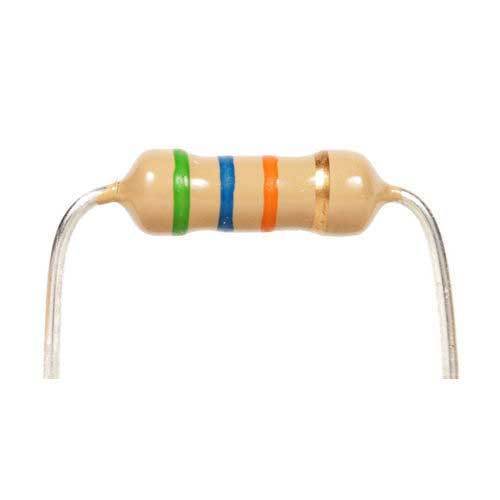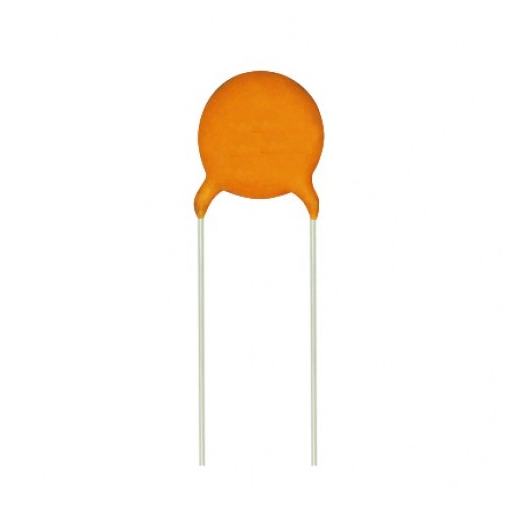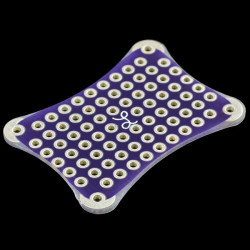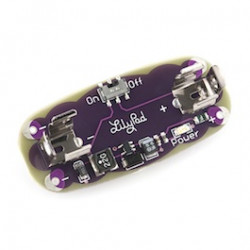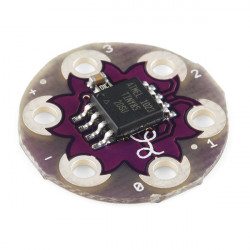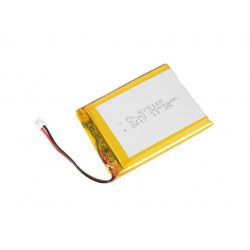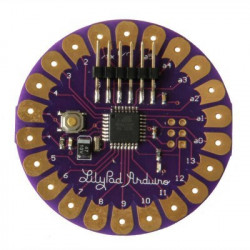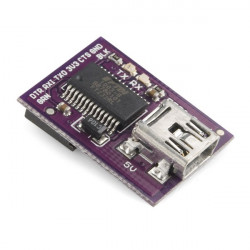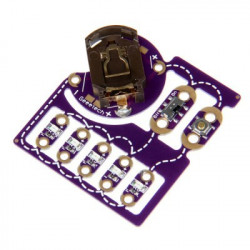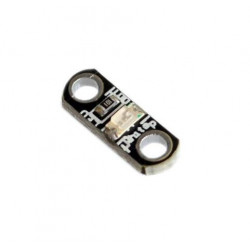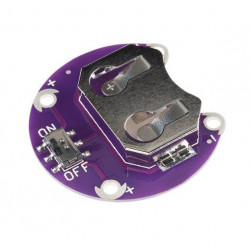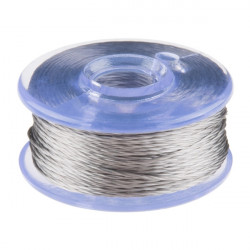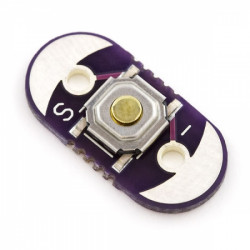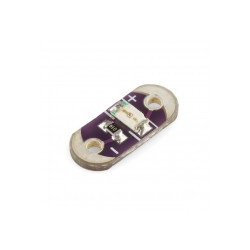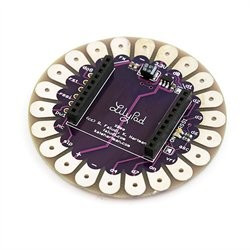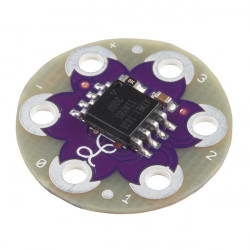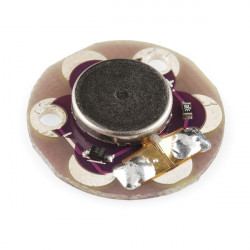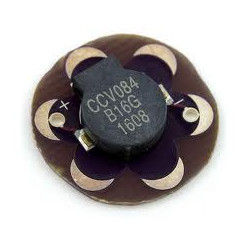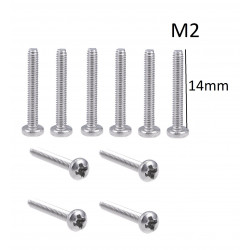Store address and hours
location_on 4131 Fraser St. Vancouver BC Get Directions
phone 604-875-1993 Call us
access_time Hours
| Monday - Friday | 9AM - 5:30PM |
| Saturday - Sunday & Holidays | Closed |
| See Holiday Hours | |
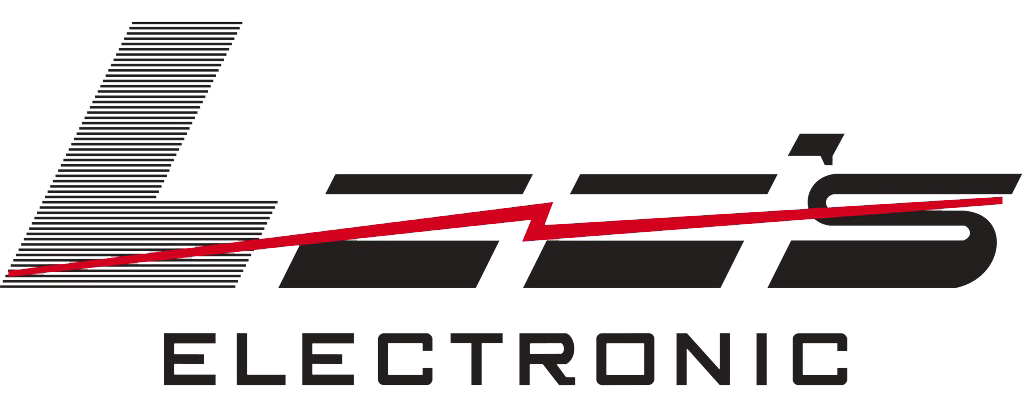
-
 close
close -
CATEGORIES
-
-
-
-
-
-
-
-
-
-
-
-
-
Featured Items
-
-
-
-
-
-
-
More mirco-controllers
-
More Developement Tools
-
-
More Prototyping
-
More Modules
-
-
Featured Items
-
More prototyping Tools
-
-
-
-
-
-
-
-
Featured Item
-
-
-
-
-
-
-
Featured Items
-
-
-
-
-
-
-
-
-
-
Featured Items
-
-
-
-
-
-
-
-
-
-
-
Featured Items
-
-
-
-
-
-
-
-
-
Featured Items
-
-
-
-
-
-
Popular Cleaners
-
-
-
Featured Items
-
-
-
-
-
-
-
Featured Items
-
-
-
-
-
Featured Items
-
-
-
-
Featured Products
-
-
-
-
-
more motor
-
-
more power supplies
-
-
Featured Items
-
-
-
more electrical devices
-
-
-
-
-
-
-
Featured Items
-
-
-
-
-
-
BRANDS
-
- PROJECTS
-
COMMUNITY
-
-
-
FEATURED POSTS
-
-
-
- SALE
GEEETECH LILYPAD USB
Description
The LilyPad Simple just got a whole lot... simpler. We've updated the Simple board to create the LilyPad USB by replacing the classic ATMega328 with the new ATMega32U4. Not only does that mean that it's running a variation of the latest and greatest bootloader, but it also means no more FTDI Basic! The only extra piece of hardware you need to program the LilyPad USB is a micro-USB cable, since the new IC has built-in USB support. The LilyPad USB is also officially supported in the Arduino IDE as of version 1.0.2!
Just like the LilyPad Simple, this board features a JST socket so you can directly connect a Li-Po battery for power and an on-board power switch so you can turn it off when you're not feeling particularly blinky. These boards were designed to streamline your next sewable project by keeping things simple and giving you more room to work while eliminating the need to sew a power supply. The LiPo battery is even rechargeable through the board, no more special external LiPo chargers required!
Features:
The LilyPad Arduino USB is a microcontroller board based on the ATmega32u4 . It has 9 digital input/output pins (of which 4 can be used as PWM outputs and 4 as analog inputs), an 8 MHz resonator, a micro USB connection, a JST connector for a 3.7V LiPo battery, and a reset button. It contains everything needed to support the microcontroller; simply connect it to a computer with a USB cable or power it with a battery to get started.The LilyPad Arduino USB differs from previous LilyPad boards in that the ATmega32u4 has built-in USB communication, eliminating the need for a separate USB-to-serial adapter. This allows the LilyPad Arduino USB to appear to a connected computer as a mouse and keyboard, in addition to a virtual (CDC) serial / COM port. It also has other implications for the behavior of the board.
Frequently bought together
Related products
Your recently viewed products
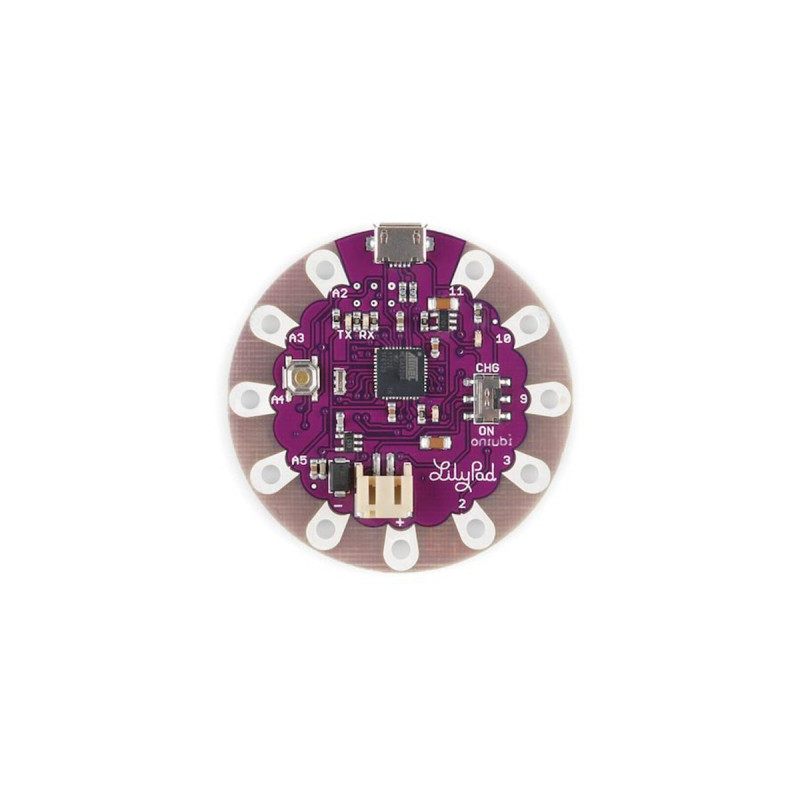


























































































.png)
